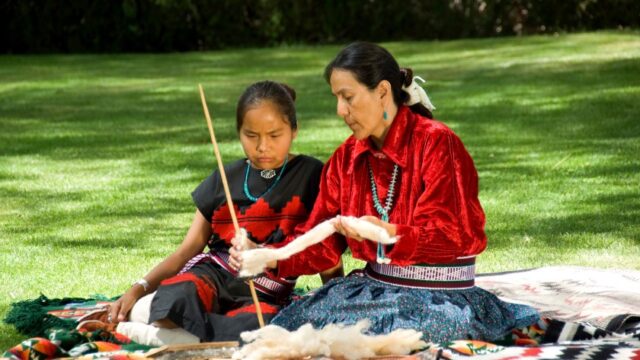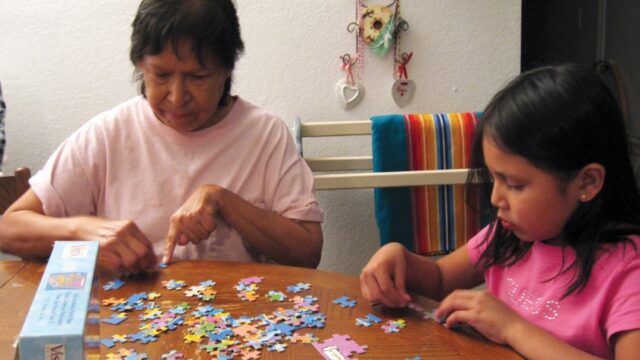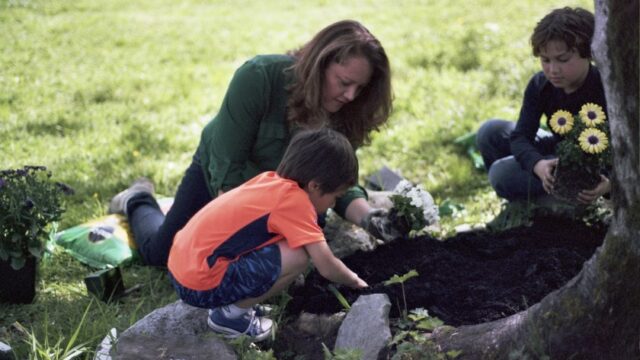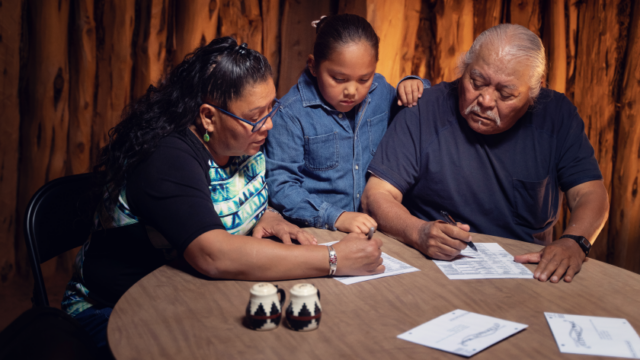
Created by the National Indian Child Welfare Association (NICWA), one of the primary partners of the Network, this short fact sheet has three main sections: Cultural Connectedness, Facilitators of Connectedness, and Measuring Connectedness. The Measuring Connectedness section includes boxes with sample scale items that can be used for data collection or as clinical markers.


